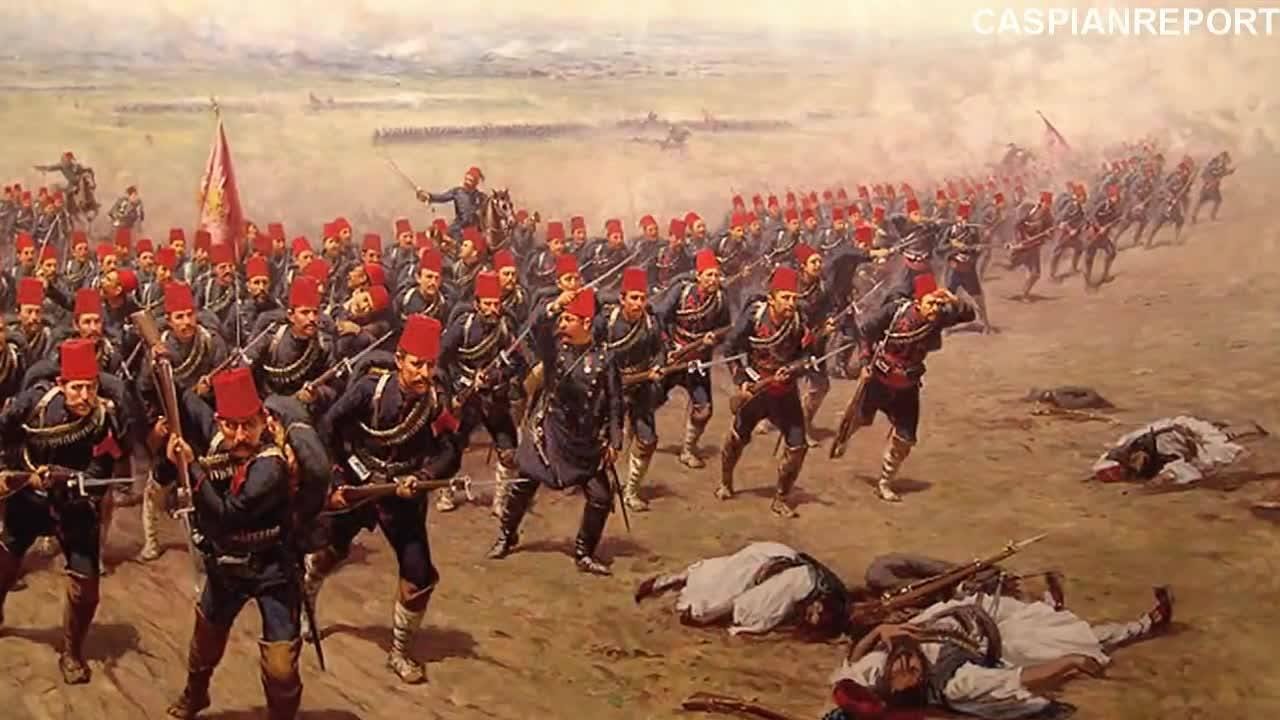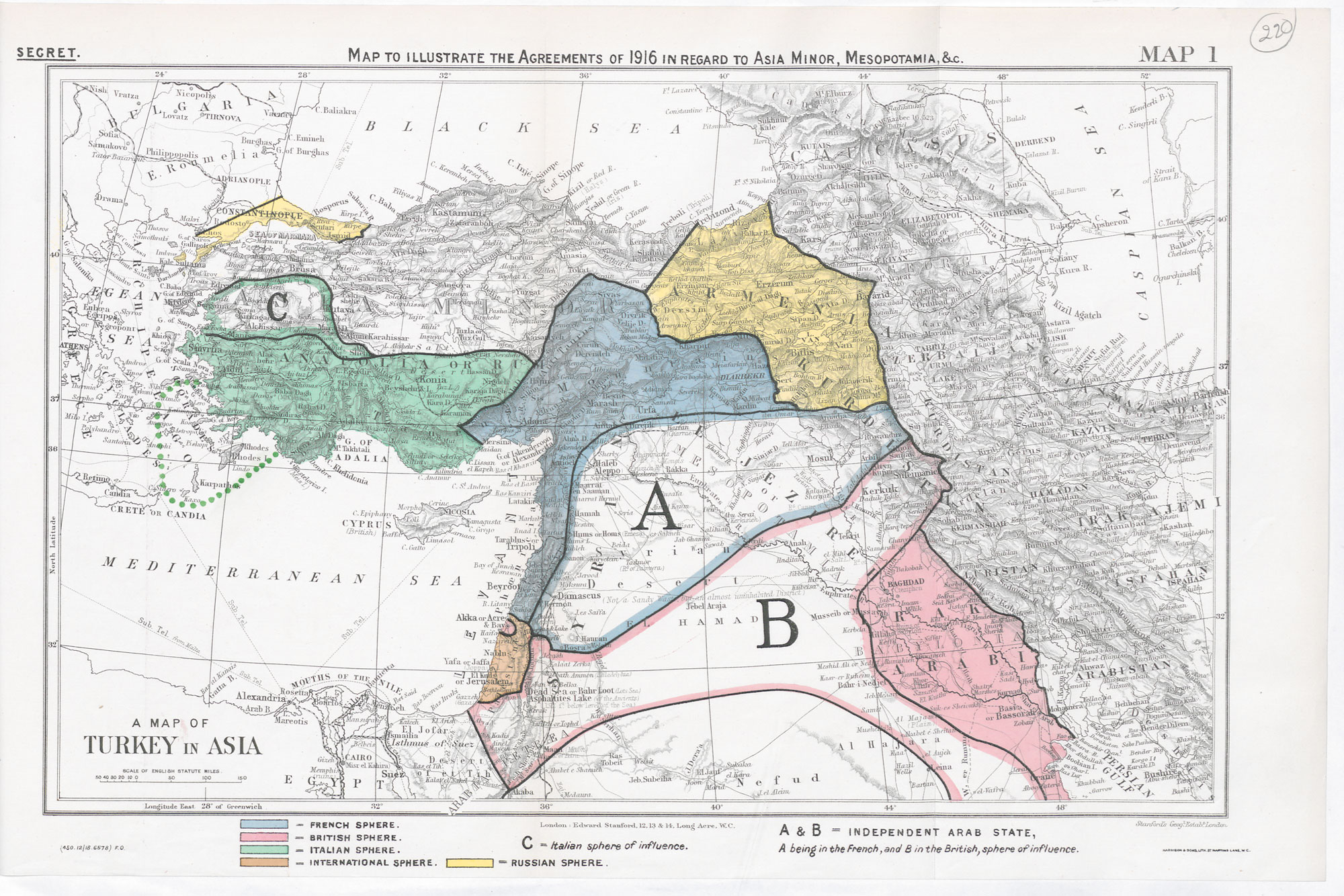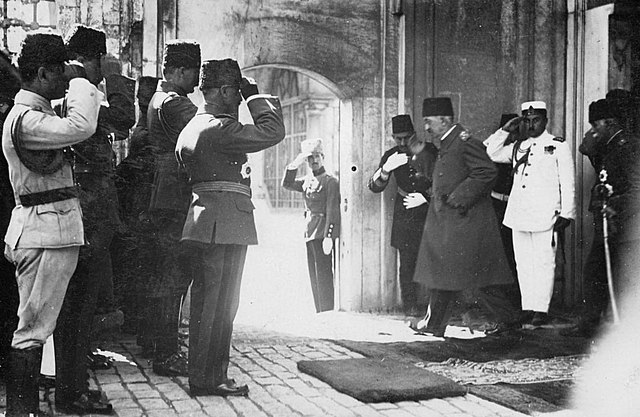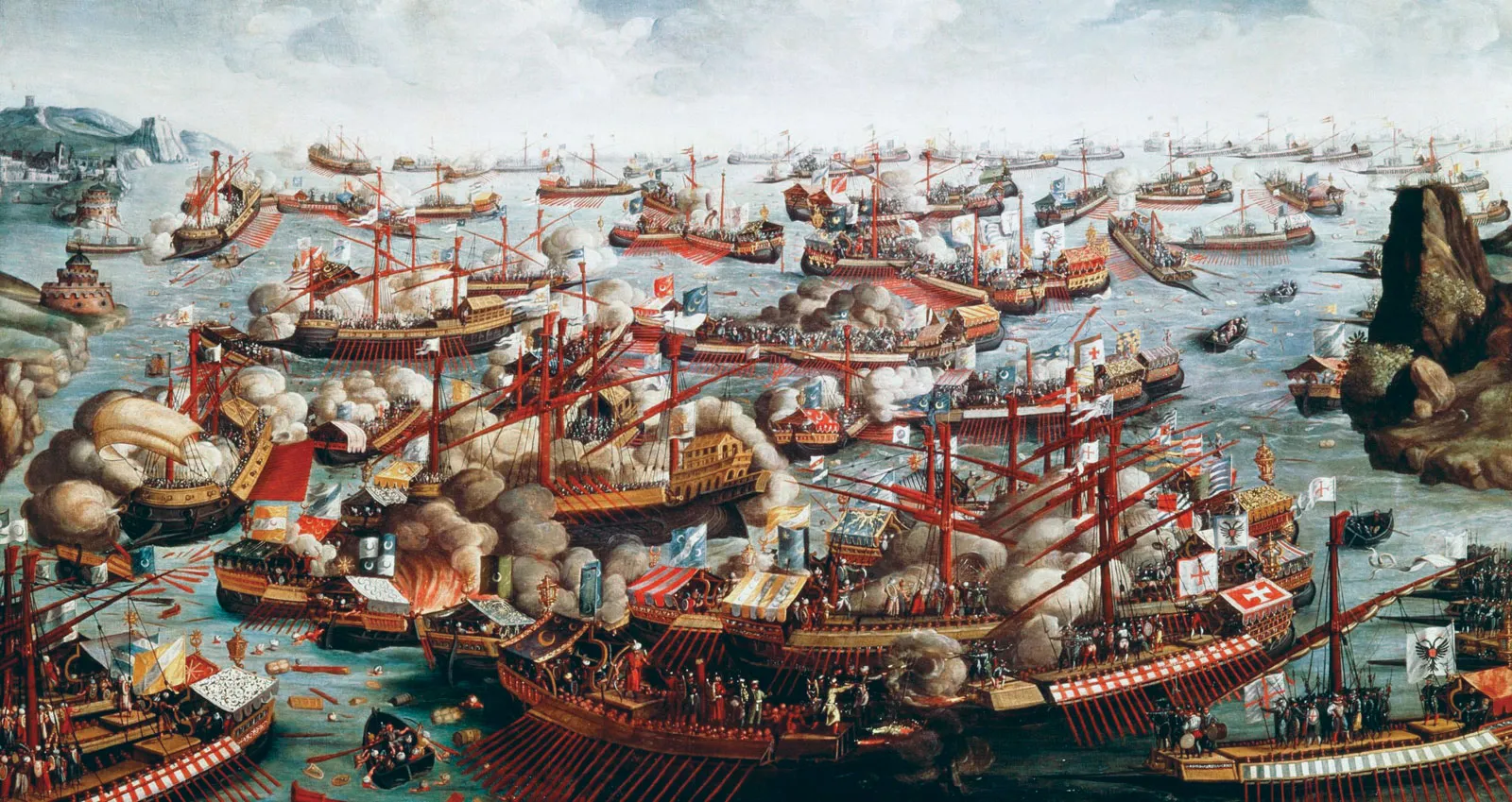Explore the complex factors leading to the Fall of the Ottoman Empire, its historical context, and enduring legacy in the Middle East today.The Fall of the Ottoman Empire: World War I and the Dissolution of the Empire The Fall of the Ottoman Empire marks a pivotal chapter in world history, leading to profound changes that reshaped the Middle East and beyond. As we delve into this complex narrative, we will explore the key events and factors that contributed to the empire's decline during World War I. From the growing tides of nationalism that eroded unity to the strategic challenges faced on the battlefield, each element played a crucial role in the empire's disintegration. Additionally, the influence of major powers and the internal political turmoil further exacerbated the crisis within the empire, setting the stage for its eventual dissolution. Join us in this exploration as we uncover the historical context and lasting legacy of this momentous period. Whether you're a history enthusiast or simply curious about the past, this article promises to provide valuable insights into the fall of one of history’s most significant empires.

Introduction to The Fall of the Ottoman Empire
The The Fall of the Ottoman Empire is a complex narrative that encapsulates the intricate dynamics of a once-mighty empire facing myriad challenges leading up to and during World War I. Established in the late 13th century, the empire expanded across three continents, becoming a central power in both Europe and the Middle East. By the early 20th century, however, various internal and external pressures precipitated its decline.
This period was marked by a series of nationalist movements within its borders, competing imperial interests from European powers, and unique economic hardships. As the empire became embroiled in the global conflict of World War I, these challenges intensified, ultimately leading to its disintegration and the reshaping of geopolitical boundaries in the region.
Understanding The Fall requires an exploration of these multifaceted factors, including political strife, military defeats, and the impact of emerging national identities among diverse ethnic groups. This historical backdrop sets the stage for analyzing how the empire struggled to maintain unity and coherence amidst the seismic shifts of the early 20th century.
Historical Context Leading to World War I
The The Fall of the Ottoman Empire did not occur in isolation; rather, it was deeply rooted in a complex interplay of historical events, socio-political dynamics, and external pressures that escalated in the early 20th century. By the end of the 19th century, the empire was referred to as the sick man of Europe, symbolizing its declining power and instability.
Several critical factors contributed to the historical context preceding World War I:
| Factor | Impact |
|---|---|
| Nationalism | Rising nationalist movements among various ethnic groups within the empire sought independence, leading to internal strife. |
| Imperial Decline | The weakening of the central authority made it difficult to manage the diverse population and territories. |
| Economic Hardships | Economic challenges, including debt and inflation, undermined the empire's ability to sustain its military and governance. |
| Geopolitical Rivalries | Envious of its strategic locations, European powers maneuvered to exploit the empire's vulnerabilities. |
| World Events | Incidents such as the Balkan Wars further destabilized the region and foreshadowed larger conflicts. |
The synergy of these factors created a fragile political landscape for the Ottomans. As various nationalist factions pushed for autonomy, the empire's integrity was threatened. Additionally, external pressures from European powers, who were interested in the empire's resources and territories, further exacerbated tensions.
As World War I loomed on the horizon, the The Fall of the Ottoman Empire became almost a certainty as alliances were formed and expectations shifted among the major powers, transforming the empire's longstanding position in global politics.

Key Factors Contributing to The Fall
The dissolution of the Ottoman Empire, often referred to as The Fall, can be attributed to a multitude of interrelated factors that destabilized the once-powerful state. These contributors can be categorized into political, social, economic, and military dimensions.
One of the primary political factors was the weakening of central authority. As various provinces began to assert their autonomy, local leaders gained power, effectively fragmenting the once cohesive governance of the Empire. The rise of nationalist movements also undermined the unity of the empire; ethnic groups such as the Arabs, Serbs, and Armenians sought independence, further eroding the central authority.
Socially, the diverse composition of the Empire became a double-edged sword. While its multiculturalism was once a source of strength, differing national aspirations led to social unrest and violence, most notably during the Armenian Genocide, which significantly tarnished the Empire’s reputation and fueled internal dissent.
Economically, the Empire was plagued by fiscal instability and mismanagement. The reliance on foreign loans and the subsequent debt crisis diminished the Empire's financial autonomy, leading to dependence on European powers. This economic vulnerability was exacerbated during World War I as the costs of war strained the already fragile economy.
Lastly, military failures during World War I played a crucial role in The Fall. The Ottoman military was ill-prepared for modern warfare, suffering significant defeats that demoralized the troops and weakened the Empire’s strategic position. The loss of territories further diminished the Empire’s influence and resources.
In summary, the combination of political fragmentation, social unrest, economic challenges, and military shortcomings all contributed to The Fall of the Ottoman Empire during and after World War I, marking a significant transformation in the geopolitical landscape of the Middle East.
The Impact of Nationalism on the Empire's Unity
The rise of nationalism within the Ottoman Empire significantly contributed to its The Fall, as various ethnic and religious groups sought autonomy or independence. Throughout the 19th and early 20th centuries, nationalist movements gained momentum, fueled by the decline of the empire and the oppressive measures imposed by the central government. This desire for self-determination was particularly pronounced among the Balkans, Arabs, and Armenians, all of whom began to challenge the authority of the Ottoman regime.
In the Balkans, Slavic nationalism was a powerful force that led to uprisings and ultimately to the independence of several states. The Balkan Wars (1912-1913) were pivotal in diminishing Ottoman control in the region, resulting in significant territorial losses. Nationalist sentiments in the Arab regions also intensified during this period, driven by a growing desire to break free from Ottoman rule. The Arab Revolt of 1916 exemplified this movement, as Arabs sought to establish their own nation-states, spurred on by promises of support from Western powers.
Moreover, the rise of these nationalist movements highlighted the fractures within the empire. As various groups pursued their agendas, the sense of unity that had previously held the empire together began to erode. The Ottoman leadership's inability to address the aspirations and grievances of these diverse communities further fueled discontent. Nationalism led to internal strife, making it increasingly difficult for the empire to maintain its territorial integrity and governance.
The impact of nationalism thus played a crucial role in the disintegration of the Ottoman Empire, illustrating how collective identity and a quest for self-rule can challenge established political structures. As these nationalist movements gained momentum, they not only contributed to the weakening of the empire but also set the stage for the eventual political landscape of the Middle East in the post-war period, a legacy that persists today.

Role of Major Powers in The Fall of the Empire
The interplay of major powers in Europe during the early 20th century significantly influenced the collapse of the Ottoman Empire. As nationalistic fervor swept through the region, various nations sought to capitalize on the weakening state of the empire.
Firstly, the Fall of the Ottoman Empire was accelerated by the interests of the Allied Powers, particularly Britain, France, and Russia. These nations aimed to expand their territories and influence, perceiving the empire as a declining power ripe for exploitation. For instance, the Sykes-Picot Agreement of 1916, a secret treaty between Britain and France, was pivotal in determining the division of Ottoman lands post-war, laying the groundwork for future conflicts in the Middle East.
Moreover, Russia had long-term ambitions towards the Bosporus and the Dardanelles, viewing the Ottoman Empire as a significant barrier to their access to the Mediterranean. During World War I, Russia fueled nationalist movements within the empire, particularly among Slavic and Armenian populations, further destabilizing the region and contributing to the Fall.
The Central Powers, particularly Germany, also played a crucial role. They supported the Ottoman Empire in the war, seeing it as a strategic ally. However, this alliance ultimately backfired when the empire was defeated, leading to severe repercussions and further disintegration of its territory.
Here's a concise overview of the involvement of major powers:
| Major Power | Role in the Fall |
|---|---|
| Britain | Exploited the empire's weaknesses, aimed to control Middle Eastern territories through agreements like Sykes-Picot. |
| France | Collaborated with Britain to plan the division of Ottoman lands, seeking territorial expansion. |
| Russia | Supported nationalist movements and aimed to control Bosporus Strait, contributing to internal unrest. |
| Germany | Allied with the Ottomans, hoping to strengthen their military but faced consequences post-defeat. |
In summary, the ambitions and actions of these major powers created an environment that not only hastened the Fall of the Ottoman Empire but also shaped the geopolitical landscape of the Middle East for decades to come. The ramifications of their involvement would echo throughout history, affecting countless nations and peoples long after the empire's official dissolution.

Military Strategies During World War I
The strategies employed by the Ottoman Empire during World War I were critical to both the initial successes and the eventual failures that led to The Fall of the Empire. Facing internal strife and external enemies, the military leadership sought to navigate a complex battlefield with limited resources. Here are some key aspects of their military strategies:
- Alliance with Central Powers: The Ottoman Empire entered the war on the side of the Central Powers, hoping to gain military and economic support from Germany and Austria-Hungary. This alliance initially bolstered their military capabilities.
- Defensive Warfare: A significant strategy was to maintain defensive positions, particularly in key locations such as the Dardanelles and Gallipoli. While this tactic aimed to protect the homeland, it resulted in costly campaigns that drained resources and morale.
- Expansive Campaigns: Despite challenges, the Empire attempted to expand its influence through campaigns in the Caucasus, Mesopotamia, and Palestine. The aim was to regain lost territories and fortify its position as a regional power.
- Nationalistic Units: The military relied on diversified battalions composed of various ethnic groups within the Empire, which created both strength and division. Loyalty remained a significant factor, leading to challenges in coordination and unity.
- Logistical Complications: The realities of warfare strained the Empire's logistics. Supply lines were often disrupted, and the difficulty in transporting troops and materials magnified the challenges faced on the front lines.
- Declining Morale: As the war progressed, the stresses of prolonged combat, economic hardships, and food shortages deeply affected troop morale, contributing to desertion and declining combat effectiveness.
Ultimately, the military strategies adopted during World War I showcased both the strengths and vulnerabilities of the Ottoman Empire. The inability to effectively adapt to changing wartime dynamics played a crucial role in hastening The Fall of this once-mighty empire.
Economic Challenges Faced by the Ottoman Empire
The economic landscape of the Ottoman Empire significantly deteriorated in the years leading up to its eventual The Fall. Several factors contributed to this decline, resulting in widespread hardship and exacerbating the empire's vulnerabilities during World War I.
One of the primary challenges was the loss of territorial integrity. As the empire lost territories, it also lost control over economically vital regions that had contributed to its wealth and stability. Key areas like Egypt, which provided substantial agricultural output, became either independent or fell into foreign hands, diminishing the empire's economic base.
Additionally, the empire faced severe competition from European powers. The Industrial Revolution had transformed economic systems across Europe, allowing these nations to produce goods more efficiently. The Ottoman Empire, by contrast, remained reliant on outdated production methods, leading to a trade imbalance and increasing foreign dependency.
Another key economic challenge was inflation and the mismanagement of resources. The empire's financial policies became increasingly chaotic, with debts accumulating and corruption prevalent among local governments. This fiscal mismanagement made it difficult for the central authority to allocate resources effectively, further straining the economy.
Moreover, World War I placed an enormous strain on the Ottoman economy. The war effort required massive expenditure, leading to both inflation and shortages of basic goods. Agriculture, traditionally a backbone of the Ottoman economy, suffered from mobilization efforts that took away labor. As soldiers were drafted, farms were neglected, resulting in food shortages and increased famine rates.
In conclusion, the economic challenges faced by the Ottoman Empire not only precipitated its decline but also significantly contributed to the factors leading to The Fall. Mismanagement, territorial losses, and the external pressures of global competition and conflict combined to create a precarious economic situation that hastened the collapse of the empire.

Political Turmoil and Leadership Crisis in the Empire
The latter years of the Ottoman Empire were characterized by significant The Fall in political stability, driven largely by leadership crises and widespread political turmoil. Following the Young Turk Revolution in 1908, the empire experienced a shift in governance that sought to modernize and centralize power. However, this movement ultimately led to factionalism and internal conflicts that weakened the empire's structure.
The political landscape was marked by power struggles among various groups, including the military, the Young Turks, and other nationalist factions. Key figures in these groups often pursued conflicting agendas, leading to an unstable political environment. The leadership crisis was further exacerbated by the empire's involvement in World War I, which intensified existing divisions and showcased the inadequacies of its leadership.
As the war progressed, the central government failed to adequately address the challenges posed by resource shortages, military losses, and rising nationalist sentiments among the various ethnic groups within the empire. The absence of cohesive strategies and effective communication from the leadership only deepened public discontent, leading to mutinies and a loss of faith in the Ottoman authorities.
The weak response to growing nationalist movements, particularly in territories like the Balkans and the Arab regions, illustrated the leadership's inability to adapt to changing political dynamics. This instability ultimately contributed to a broader The Fall of the Ottoman Empire, as key regions began to assert their independence and reject Ottoman rule, paving the way for a new geopolitical landscape in the Middle East.
Consequences of The Fall for the Middle East
The dissolution of the Ottoman Empire in the aftermath of World War I marked a significant turning point in the history of the Middle East. The fall not only reshaped the political landscape but also had lasting effects on the region's cultural, economic, and social fabric.
One of the most immediate consequences was the emergence of new nation-states, often drawn along arbitrary lines that did not consider the ethnic and religious diversity of the populations. This created tensions and conflicts that persist to this day. For instance, the Sykes-Picot Agreement, which divided Ottoman territories between Britain and France, led to the establishment of modern Iraq, Syria, Lebanon, and Jordan, often fostering internal divisions rather than cohesion.
Furthermore, the fall resulted in the decline of the Islamic Caliphate, which had been a unifying institution for Muslims under Ottoman rule. The abolition of the Caliphate in 1924 by Mustafa Kemal Atatürk symbolized a break from religious governance, ushering in secular nationalism that further complicated regional identities.
Economically, the instability following the The Fall led to disruptions in trade and agriculture, which were formerly supported by a well-integrated Ottoman system. Consequently, various regions experienced significant economic challenges, contributing to widespread poverty and dissatisfaction that would later fuel various uprisings and quests for reform.
Additionally, the power vacuums created by the The Fall resulted in increased foreign intervention and colonialism, as powers like Britain and France sought to expand their influence in the Middle East. This led to a legacy of Western involvement in the region, often marked by conflict and resistance from local populations.
Ultimately, the consequences of the fall of the Ottoman Empire set the stage for ongoing geopolitical struggles and conflicts in the Middle East, effects of which are still felt today as nations grapple with issues of national identity, governance, and external influence.
Legacy of The Fall of the Ottoman Empire Today
The fall of the Ottoman Empire continues to shape contemporary political, social, and cultural landscapes across the Middle East and beyond. The dissolution of the Empire not only altered national boundaries but also led to a complex legacy that is still felt today.
One significant aspect of this legacy is the emergence of modern nation-states in the region. Many of the countries that exist now were created from the former provinces of the Ottoman Empire, often with arbitrary borders drawn without consideration of ethnic, tribal, or religious identities. This has led to ongoing tensions and conflicts in places like Iraq, Syria, and the wider region, where historical grievances and sectarian divides continue to play a critical role in shaping current affairs.
Additionally, the impact of The Fall can be seen in the rise of nationalism. Many of the new states have experienced struggles to solidify national identity, often resulting in the suppression of minority groups. This quest for national unity has spawned various movements and conflicts, as groups vie for recognition and rights within the framework of the new nations.
The political structures established in the aftermath of The Fall have also left a lasting imprint. The mandates established by colonial powers disrupted traditional governance and created political instability that many countries are still grappling with today. In some cases, authoritarian regimes emerged as a response to the fragmentation and weakened political institutions, leading to continued unrest and demands for democracy across the region.
Culturally, the legacy of the Ottoman Empire is preserved in rich traditions that influence literature, cuisine, architecture, and art. However, the romanticized view of the Empire often conflicts with the realities of current political and social issues, complicating how contemporary societies engage with their past.
In summary, the legacy of The Fall of the Ottoman Empire is multi-faceted, influencing various dimensions of life for millions today. From shaping national identities to affecting international relations, understanding this legacy is crucial for comprehending ongoing developments in the region. As the Middle East grapples with the consequences of its imperial past, the lessons learned from the legacy of The Fall remain ever relevant.
Frequently Asked Questions
What were the main factors contributing to the fall of the Ottoman Empire?
The main factors included military defeats during World War I, economic decline, nationalist movements within the empire, and the impact of Western imperialism.
How did World War I specifically affect the Ottoman Empire?
World War I led to significant military losses for the Ottomans, loss of territory, and ultimately ushered in the disintegration of the empire as it sided with the Central Powers.
What role did nationalism play in the dissolution of the Ottoman Empire?
Nationalism fueled independence movements among various ethnic groups, such as Arabs, Kurds, and Armenians, who sought self-determination and autonomy from Ottoman rule.
Who were the key leaders in the Ottoman Empire during World War I?
Key leaders included Enver Pasha, Talat Pasha, and Jemal Pasha, who were influential figures in the Committee of Union and Progress and directed the empire's involvement in the war.
What were the consequences of the Treaty of Sèvres?
The Treaty of Sèvres, signed in 1920, aimed to dismantle the Ottoman Empire further, ceding vast territories to various nations and setting the stage for the establishment of the Republic of Turkey.
How did the fall of the Ottoman Empire shape modern Middle Eastern geopolitics?
The dissolution of the Ottoman Empire led to the creation of new nation-states in the Middle East and established a framework for the current geopolitical landscape, with borders often drawn without regard for ethnic or sectarian divisions.
What was the outcome of the Turkish War of Independence following World War I?
The Turkish War of Independence (1919-1923) resulted in the successful establishment of the Republic of Turkey under Mustafa Kemal Atatürk and marked the official end of the Ottoman Empire.

